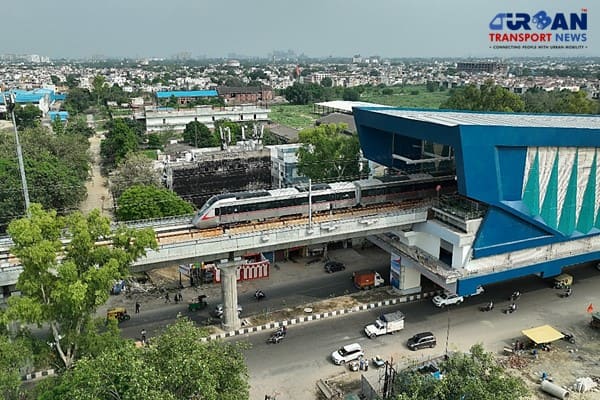 Delhi unveils ambitious Urban Mobility Vision: Luxury Metro Coaches, New Tunnels and Pod Taxi
Delhi unveils ambitious Urban Mobility Vision: Luxury Metro Coaches, New Tunnels and Pod Taxi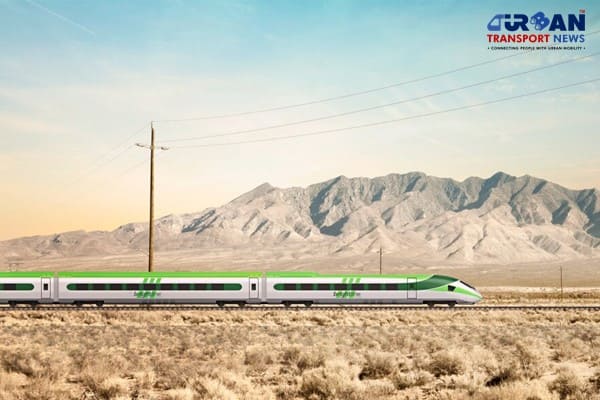 Qatar approves Saudi Rail Link Agreement, Accelerating Gulf Railway Vision 2030
Qatar approves Saudi Rail Link Agreement, Accelerating Gulf Railway Vision 2030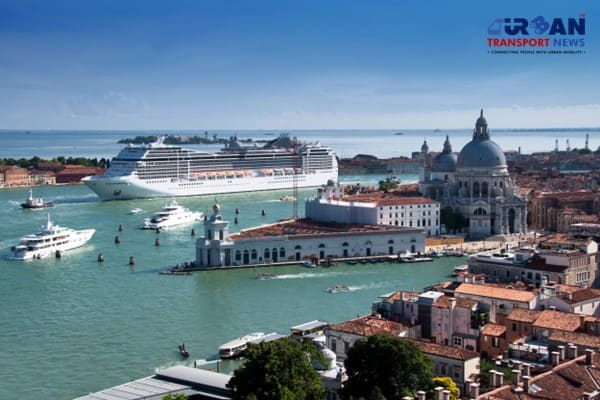 UP Govt plans to introduce Water Metro services in Ayodhya, Varanasi & Prayagraj
UP Govt plans to introduce Water Metro services in Ayodhya, Varanasi & Prayagraj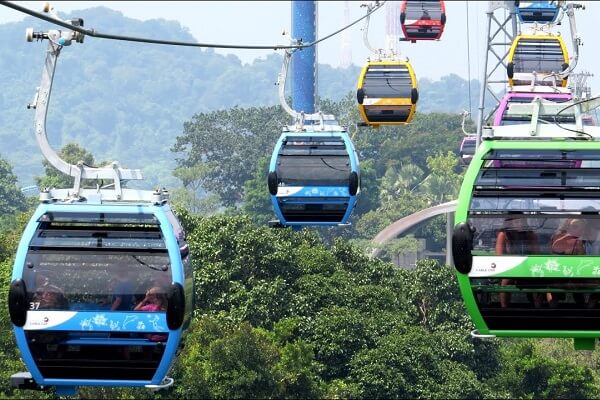 India’s First Urban Ropeway begins Trial Run in Varanasi, Set to carry 1 Lakh passengers daily
India’s First Urban Ropeway begins Trial Run in Varanasi, Set to carry 1 Lakh passengers daily India and Bhutan to Build First-Ever Rail Link: ₹4,033 Cr Project to Boost Regional Connectivity
India and Bhutan to Build First-Ever Rail Link: ₹4,033 Cr Project to Boost Regional Connectivity Patna to launch Eco-Friendly Water Metro; Trial Run soon between Digha and Kangan Ghats
Patna to launch Eco-Friendly Water Metro; Trial Run soon between Digha and Kangan Ghats Air India Group set to launch Flights Operations from Navi Mumbai International Airport
Air India Group set to launch Flights Operations from Navi Mumbai International Airport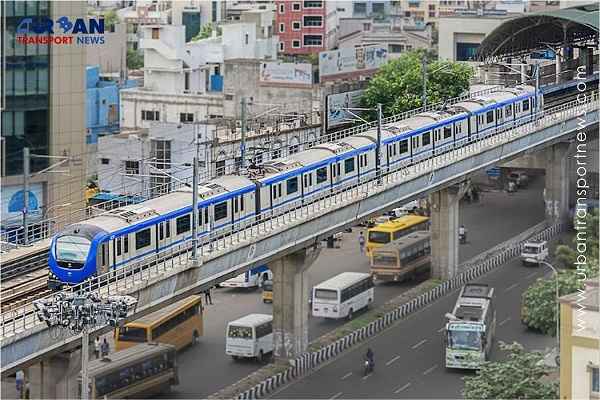 Chennai to launch 25-Year Mobility Plan with Unified QR Ticketing and One-App Transit System
Chennai to launch 25-Year Mobility Plan with Unified QR Ticketing and One-App Transit System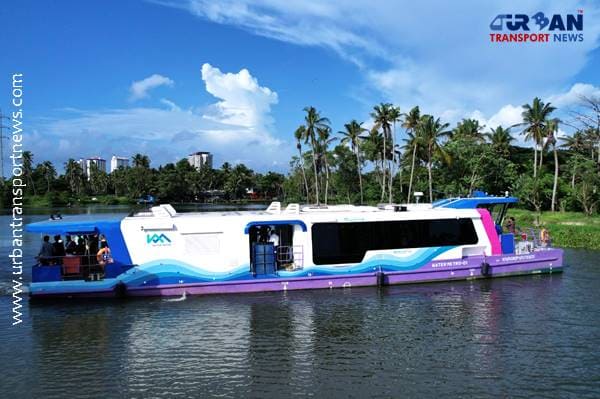 Kochi Metro bags ₹4.4 crore contract to prepare DPR for Mumbai Water Metro Proejct
Kochi Metro bags ₹4.4 crore contract to prepare DPR for Mumbai Water Metro Proejct Navi Mumbai International Airport set for September launch; IndiGo and Akasa Air to lead Operations
Navi Mumbai International Airport set for September launch; IndiGo and Akasa Air to lead Operations
Kuldip Narayan assumes charge as new Managing Director of NCRTC

New Delhi, India (Urban Transport News): Mr. Kuldip Narayan, an 2005-batch IAS officer from the Bihar cadre, has taken on the role of Managing Director at the National Capital Region Transport Corporation (NCRTC). He has been serving as the Government Nominee Director at NCRTC since December 2022 and brings with him extensive experience and expertise. Mr. Narayan took charge from Mr. Vinay Kumar Singh, who recently resigned from NCRTC due to some personal reasons.
Mr. Narayan, a graduate in Mechanical Engineering from IIT Kanpur, is currently serving as the Joint Secretary at the Ministry of Housing and Urban Affairs (MoHUA), Government of India. At MoHUA, he oversees the flagship program, Housing for All / Pradhan Mantri Awas Yojana (Urban). Additionally, he holds positions as a Nominee Official Director at the National Housing Bank (NHB) and Housing & Urban Development Corporation (HUDCO).
Previously, Mr. Narayan has served in various capacities, including as District Magistrate in several districts in Bihar, Chairman of Bihar State Bridge Corporation, Managing Director of Bihar State Milk Co-Operative Federation Ltd, Managing Director of Bihar State Water Board, and Patna Municipal Commissioner. He was honored with the Satyendra Dubey Memorial Award in 2015 by IIT Kanpur for his dedication to promoting probity, transparency in public service, and upholding human values with exemplary professional integrity.
NCRTC, a joint venture company of the Government of India and the States of NCT of Delhi, Haryana, Rajasthan, and Uttar Pradesh, operates under the administrative control of the Ministry of Housing and Urban Affairs, GOI. It is tasked with implementing the Regional Rapid Transit System (RRTS) project across the National Capital Region, aiming to enhance connectivity and accessibility for sustainable urban development.
Currently, a 34-km section between Sahibabad and Modi Nagar North, featuring eight stations, is operational as part of India’s first RRTS corridor between Delhi-Ghaziabad-Meerut. Construction is progressing rapidly on the remaining sections, with the entire 82-km long corridor set to be operational by June 2025.







